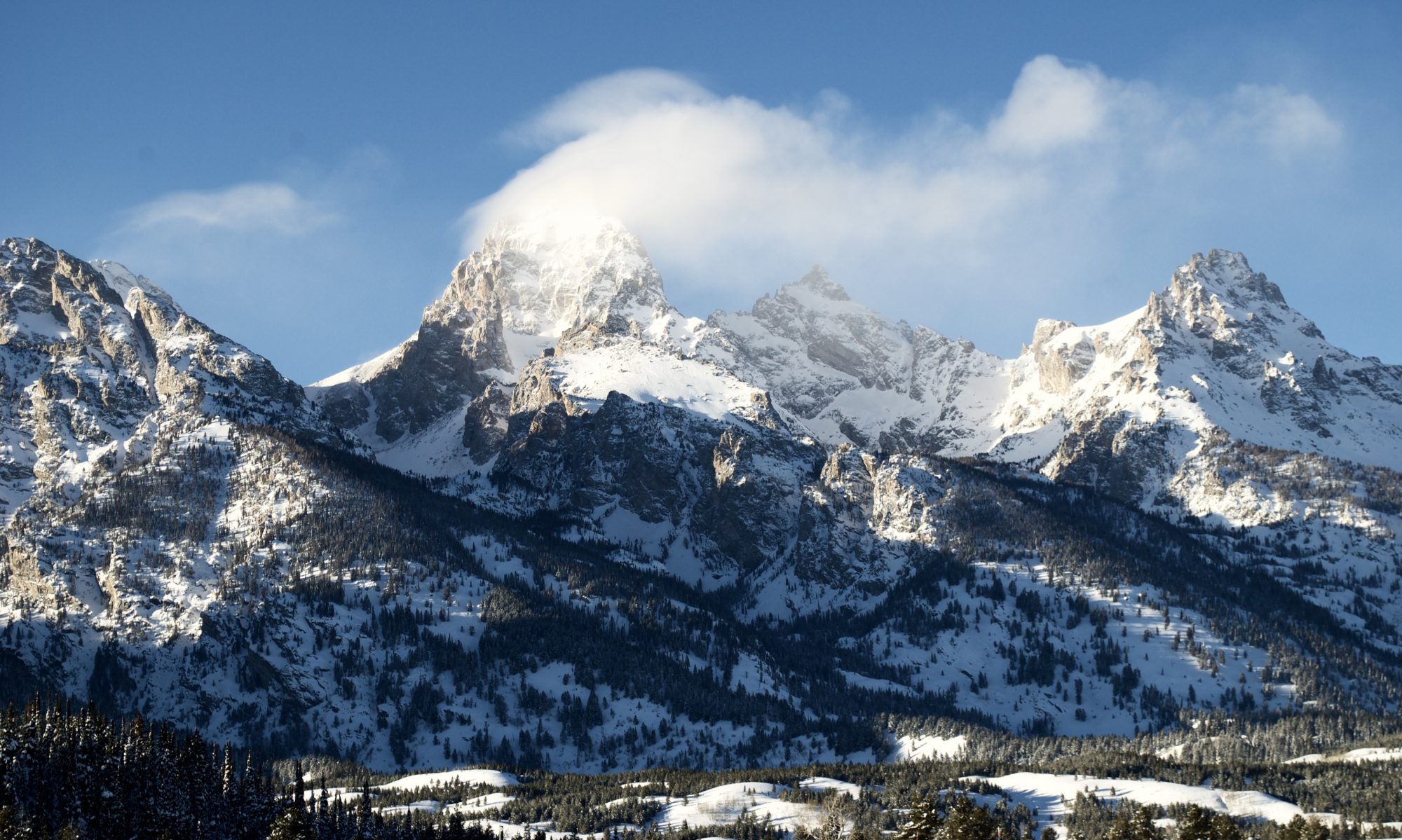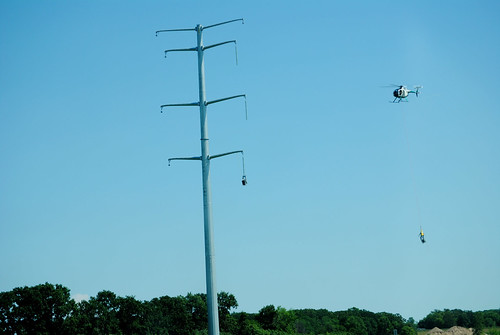 Below is an informative article posted by the EPA that discusses the most recent cleanup of the Fox River.
Below is an informative article posted by the EPA that discusses the most recent cleanup of the Fox River.
Non-GMO Month

Non-GMO Month was created by the Non-GMO Project to educate communities about consumption of genetically modified organisms. The upcoming Non-GMO Month is a way to encourage community events and participation in your area. To learn more you can follow the direct link below.
Non-GMO Month
Our Environment- US EPA
This is a very informative link to the EPA’s energy consumption site in Wisconsin. Here you can learn what sites are emitting pollutants such as mercury, etc. You can also track your air, water, and land quality. Based on a 2008 Energy Production vs. Consumption Graph, our state consumed the least amount of nuclear gases compared to other energy sources.
Meat Tour
 I have been determined to discover where meat comes from before the grocery store. This led me to a meat market called Black Earth Meats that offers one on one handling during the butchering process. Many of their products come from local farms across southern WI that raise the animals with the highest quality and humane treatment.
I have been determined to discover where meat comes from before the grocery store. This led me to a meat market called Black Earth Meats that offers one on one handling during the butchering process. Many of their products come from local farms across southern WI that raise the animals with the highest quality and humane treatment.
It was early morning when I began to drive west of Madison. Slaughters occur 2 days a week, I hoped to go only 1 of the 2 days to see the whole process. I was welcomed by a friendly staff that provided me a hair net and a white coat.
Quickly I followed the plant manager behind the meat market, where there was packaged tenderloin and other select meats ready for sale, past the cutting room and then farther down the hallway beyond 2 doors. As I walked through a foot bath and another large door, I entered the slaughter room. There were four butchers, each individually and skillfully eviscerating the animals. There appeared to be blood everywhere. I was asked if I wanted to see the actual “kill.” I replied, “yes.” I slowly made my way past an exsanguinated pig which led me to a narrow, boxed off section that held one pig.There were 1/2 a dozen pigs lined up inside an even narrower, steel isle 15′ away. Screams and squeals from the pigs chorused loudly through out the room. I was asked if I was ready and watching, I was. There was a man in the box area preparing for the “kill.” The pig was stunned in the neck by an electric current and then once more under his leg. His heart rate slowed down, color faded from his face as a pale white set in, tongue hanging out and then collapsed to the cement. The stunned pig was silent.
Then the pig was dragged just a few feet to a hanger where it was hoisted up to hang upside down by its hooves. It was then exsanguinated, by the use of a pointed knife that was inserted behind the jaw and below the neck bone. This then severed the jugular vein, carotid artery, and trachea. Blood then flowed freely, pouring into a large barrel. The carcass was then removed, and placed on a hook for a USDA Inspector to examine for signs of disease or pathological illness that would cause the carcass to be unwholesome for human consumption. The inspector also has to complete other health regulations before, during, and after the slaughter. For more information about USDA inspection you can learn more at the Food Safety & Inspection Service website.
During this time the slaughtering staff was often using watering hoses to remove blood and sanitize the carcass. The pig was laid down on a steel table to have its hooves removed by trimming the main tendon and then removing the hoof. Its genitals were cut and placed in a steel bin for the inspector to examine. Two hooks were then placed through the pigs hind legs to be hung to complete the process. It was eviscerated by removing the intestines, kidneys, stomach, and liver for inspection.
Once the pig was raised high it was cut in half by the use of a hand chainsaw. It was then rinsed with water to remove any remaining bacteria. Weighed. Then transported from a hanging shaft into a large walk in cooler to help with the process of cutting and deboning. Before leaving the “kill” room I noticed a large banner with these words, “WE HONOR THESE ANIMALS, FOR BY THEIR DEATH WE GAIN LIFE.”
After seeing the slaughtering process, I moved to view the cutting and deboning room. There was a larger amount of staff, they were listening to music and enjoying conversation with each other. A group of three were individually cutting an already cooled pig while others were processing beef, packaging, and cleaning. One man said the cutting room is their graduation from the kill room.

Overall, I saw what I wanted to see. Many workers at the meat market asked what school I was from and why I was there. I said, “I want to know where the meat I eat comes from, where it is before looking nicely packaged at the grocery store.” I often heard the reply, “people think their meat comes from the grocery store, THIS is where it starts.” I am thankful I was able to receive a tour of Black Earth Meats, they encourage people to visit. I discovered a link, by experience, to where the meat comes from before the grocery store or farmers markets. This summarizes the slaughtering process at only one meat market. The food chain is one giant wheel that holds various beliefs among different cultures.
Google Street View Goes To The Amazon Rainforest
Google is now bringing the Amazon rainforest street views of the region to life by using bikes and boards to help map the region. Read more by following the link below to an article written by Debbie Parker.
Community Grows- Donates Produce
 An article written by Linda Dums of the Post Crescent describes how employees of Network Health Plan are growing gardens to donate to the local St. Josephs food program located in Menasha. Volunteering for the organization has been beneficial for the corporate workers. The link below will take directly to the article.
An article written by Linda Dums of the Post Crescent describes how employees of Network Health Plan are growing gardens to donate to the local St. Josephs food program located in Menasha. Volunteering for the organization has been beneficial for the corporate workers. The link below will take directly to the article.
Community grows, donates produce to help St. Joe’s
UW Oshkosh-120 Solar Panels Installed

Steve Arndt, director of facilities management at UW Oshkosh said,“This is one of our campus planning goals. We want to reduce the consumption of carbon-based fuels like coal and natural gas.” The link below will take you to the article written by Doug Zellmer of The Northwestern.
UW Oshkosh Solar Panels
National Organic Program

I have been questioning what an organic product is according to the USDA.
Products labeled “100 percent organic” must
contain (excluding water and salt) only organically
produced ingredients and processing aids.
Products labeled “organic” must contain at least 95% organically produced ingredients (excluding
water and salt). The link below will take you directly to the organic labeling & marketing information.
National Organic Program
All in a Day’s Work
Somewhere in between St. Cloud and Minneapolis, MN I captured this picture of a man performing what must be an adrenaline pumping job. Here he is holding onto the insulator that holds up some heavy duty power lines and hanging them up on telephone poles, all while being suspended from a helicopter.
My theory is that this job would take way too long any other way. There aren’t roads along these lines so a crane isn’t feasible, even if it was it would take much longer for it to continually pick up new pieces and drive from pole to pole.
Minnesota is working towards wind generating 25% of the power for their state by 2025 and these lines will be transferring some of that power.



